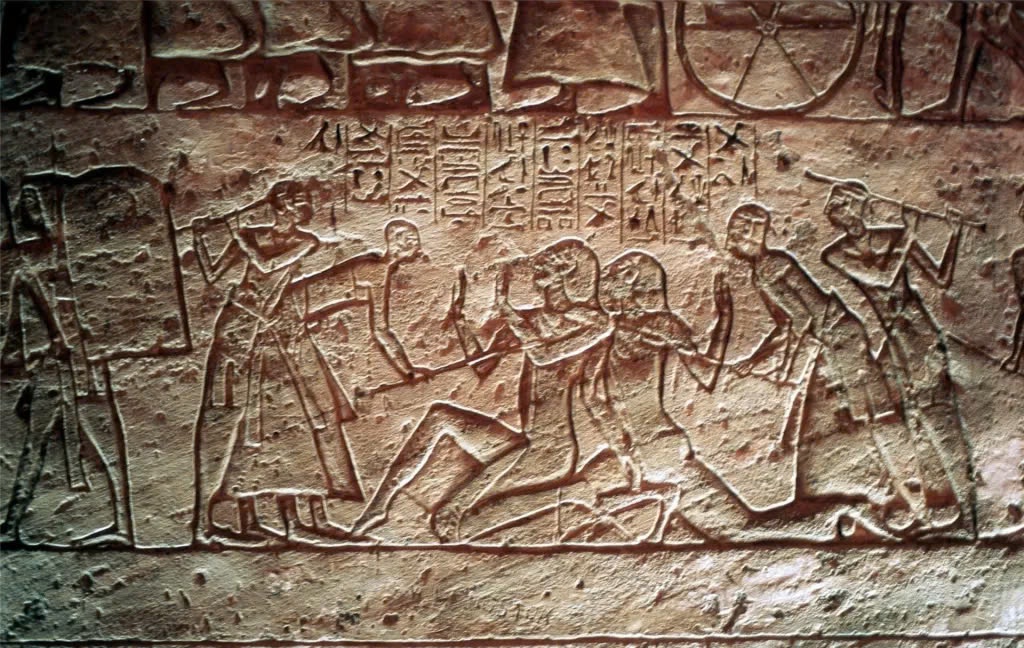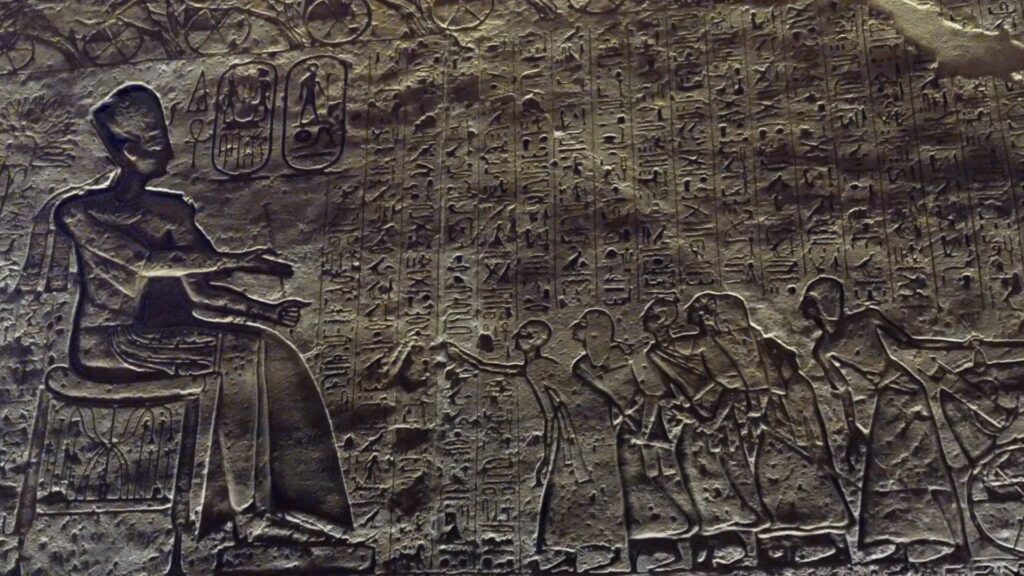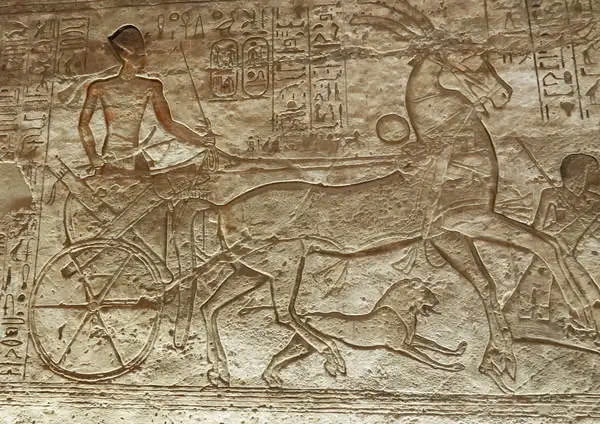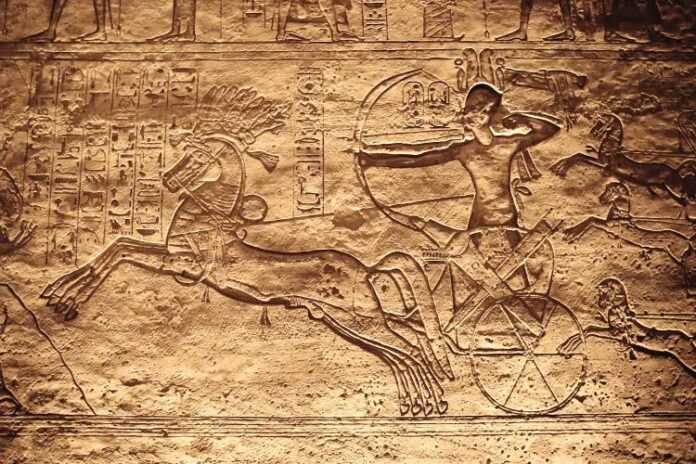A Turning Point in Ancient History

In the annals of ancient warfare, few events stand out as prominently as the Battle of Kadesh. This monumental clash, which took place in 1274 BC, pitted two of the most powerful empires of the time against each other in a struggle for dominance over the strategically vital region of Syria.
The Stage is Set
The ambitious Egyptian pharaoh Ramesses II, seeking to expand his empire’s influence, led his forces into Hittite-controlled territories. His goal was clear: to capture the city of Kadesh and wrest control of Syria from the Hittites. Little did he know that his Hittite counterpart, King Muwatalli II, had prepared a cunning trap.
A Day of Chaos and Courage
As Ramesses’ vanguard approached the Orontes River, they fell victim to a clever ruse. Hittite spies, posing as deserters, fed the Egyptians false information about the enemy’s position. The trap was sprung, and the Hittite forces crashed into the unsuspecting Egyptians with devastating force.

What followed was a day of unparalleled carnage and bravery. The battlefield became a maelstrom of charging chariots, with an estimated 5,000 of these war machines engaged in deadly combat. Ramesses, finding himself in dire straits, rallied his troops and launched a daring counterattack that transformed certain defeat into a hard-fought stalemate.
The Aftermath: Victory or Stalemate?
Both sides claimed victory in the Battle of Kadesh, but the truth lies somewhere in between. While Ramesses celebrated his “triumph” with grand monuments and boastful inscriptions throughout his realm, the battle’s outcome was far from decisive. The conflict ultimately led to a historic peace treaty between Egypt and the Hittites, signed in 1259 BC by Ramesses II and the Hittite king Hattušiliš III.
Legacy of Kadesh
A Monument to Ancient Diplomacy

The Kadesh Treaty, preserved on a clay tablet in cuneiform script, stands as the world’s oldest known peace treaty. This remarkable document, now housed in the Istanbul Archaeology Museums, serves as a testament to the diplomatic efforts that followed the inconclusive battle.
Ramesses II: A Master of Propaganda

The pharaoh’s determination to shape his legacy is evident in the numerous depictions of the battle carved into temple walls from Egypt to Nubia. These elaborate scenes, accompanied by narratives and poems, showcase Ramesses’ military prowess and personal bravery, ensuring that his version of events would endure through the ages.
Conclusion: A Battle That Shaped History

The Battle of Kadesh, with its dramatic twists and turns, remains a fascinating subject for historians and enthusiasts of ancient warfare. While the true outcome may be debated, its impact on the balance of power in the ancient Near East is undeniable. This epic clash of chariots serves as a reminder of the complex interplay between warfare, diplomacy, and propaganda that has shaped human history for millennia.

